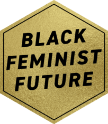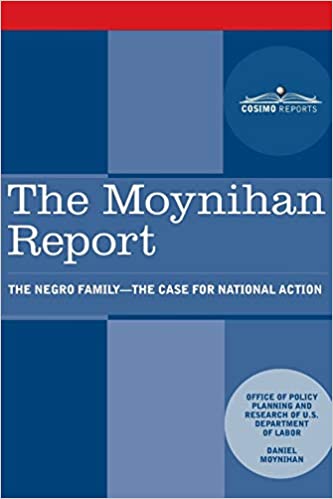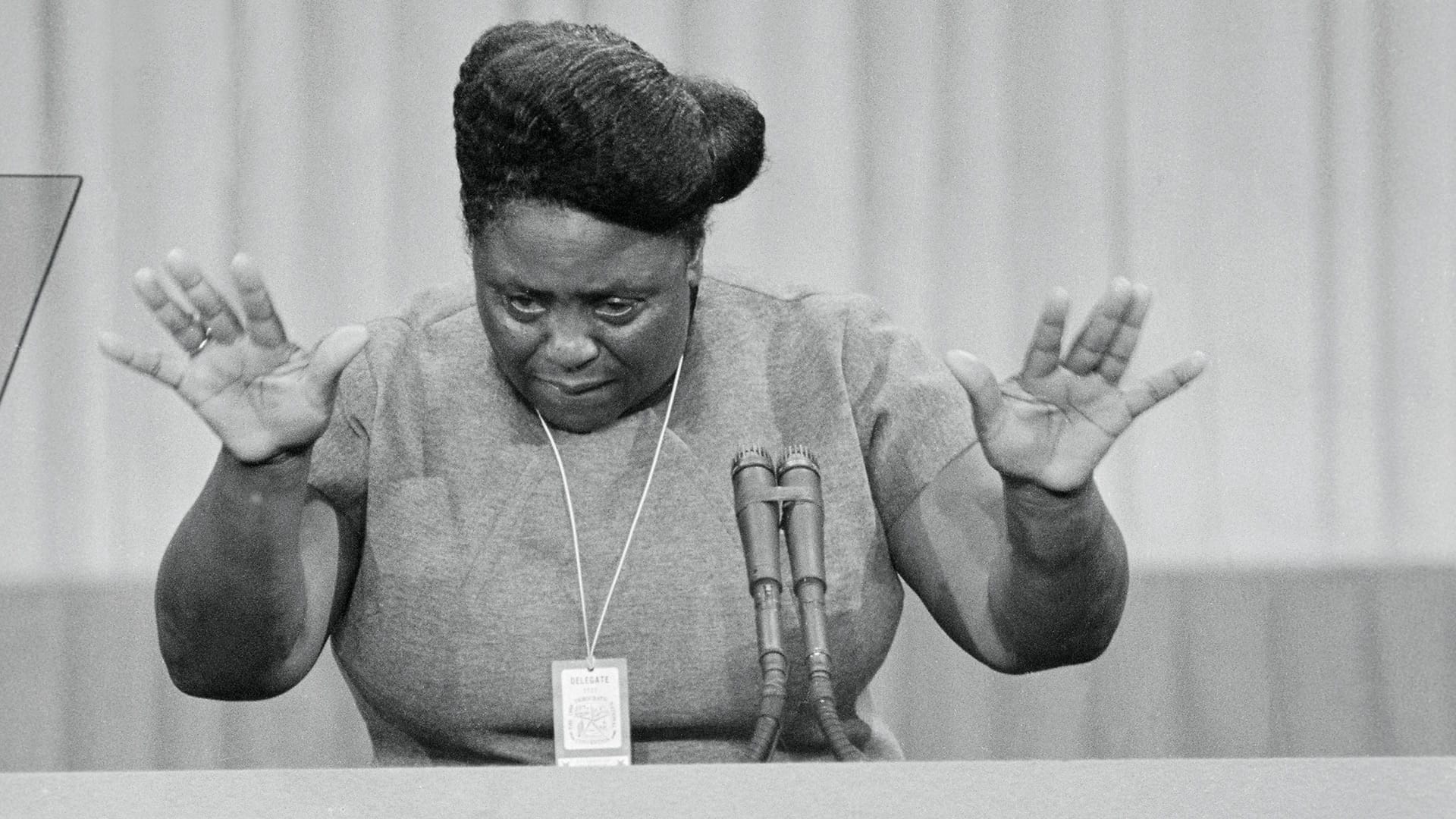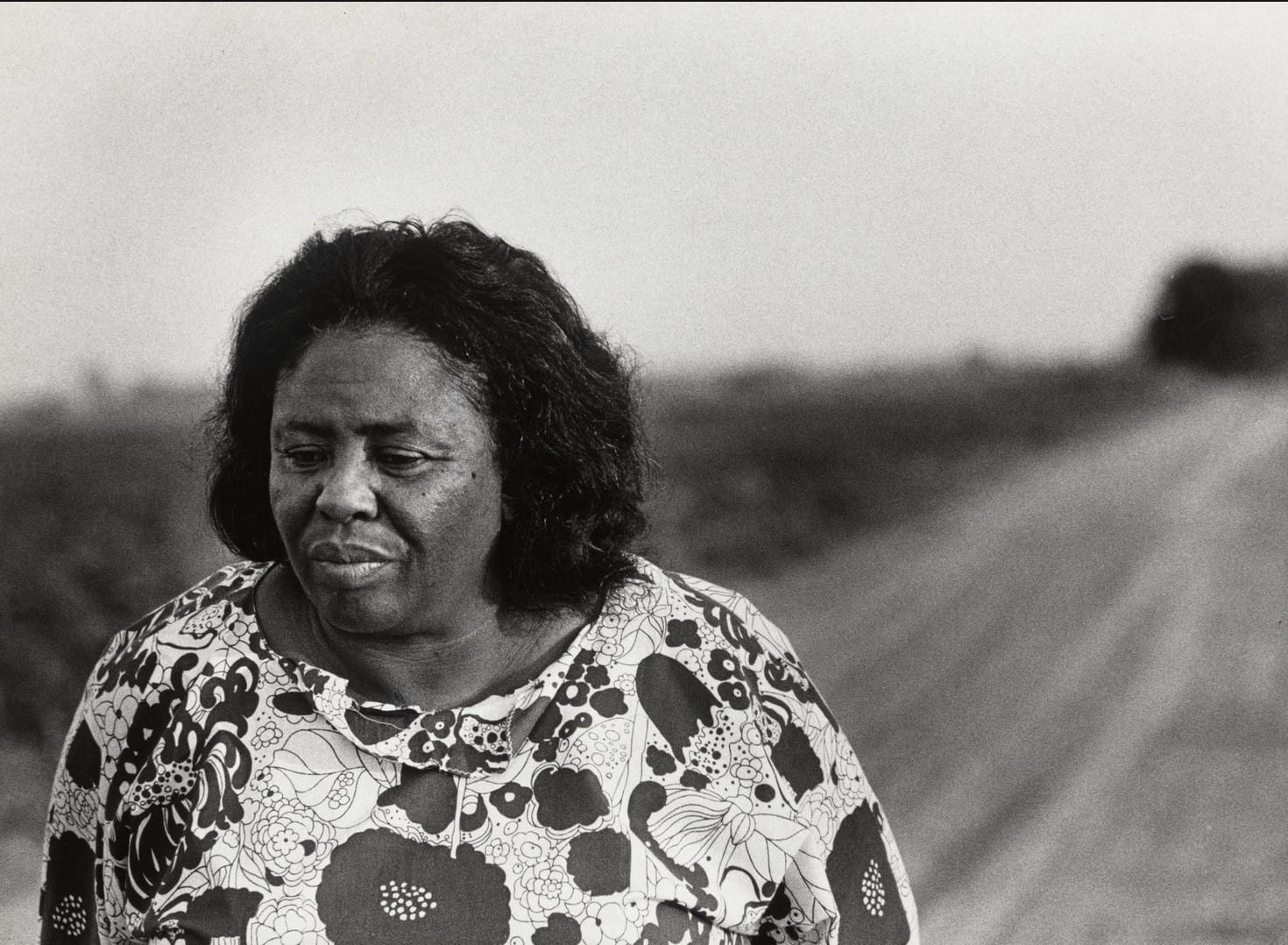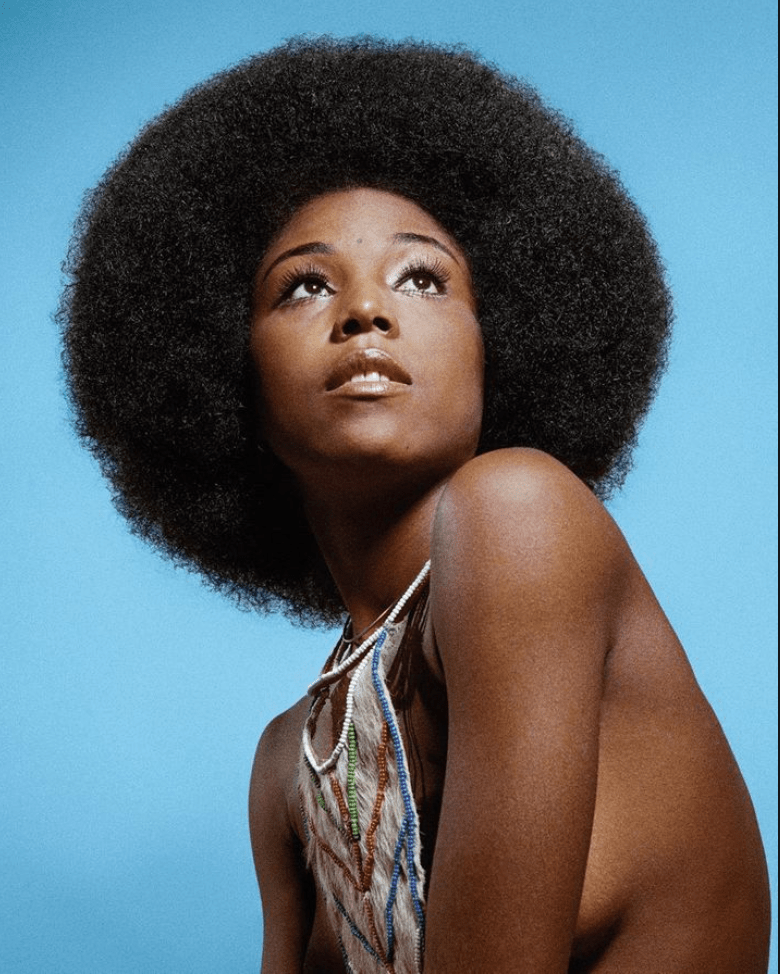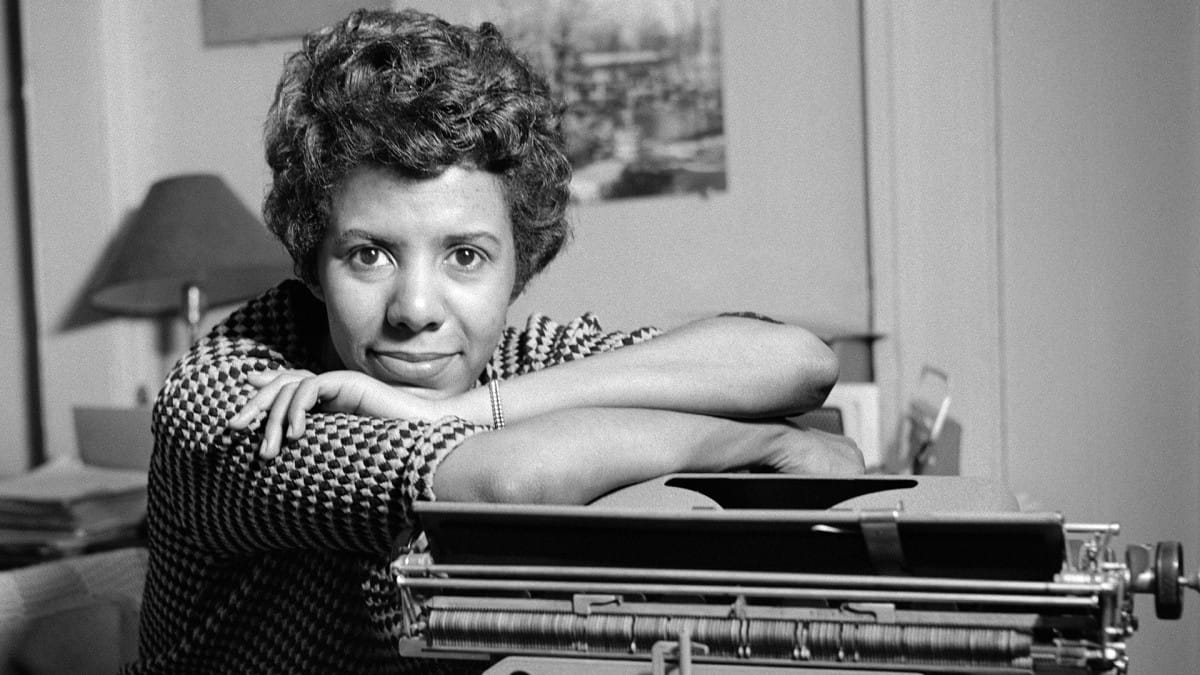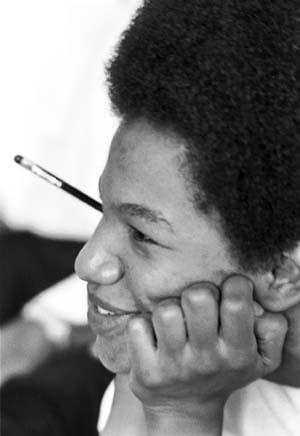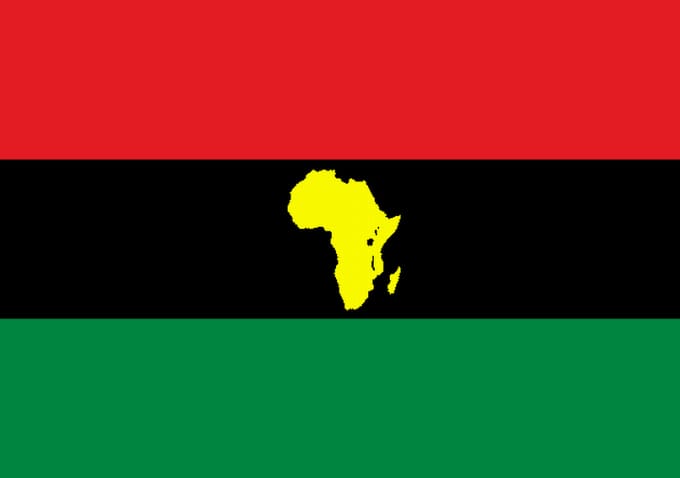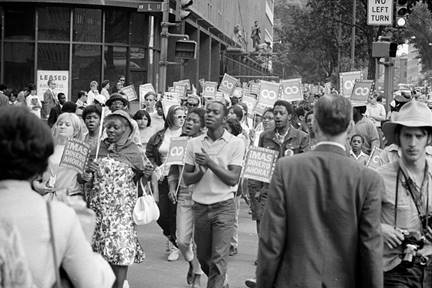The Moynihan Report, also referred to as The Negro Family: The Case for National Action, was written by Daniel Patrick Moynihan in 1965. Moynihan was an American sociologist who served as Assistant Secretary of Labor under President Johnson. His report, which claimed to focus on the roots of Black poverty, stated that Black single-mother families were not caused by lack of jobs but by “ghetto culture.” The report was criticized for being racist and misogynistic, as it fed into stereotypes and victim blaming.
Author: developer
Black Arts Movement
The Black Arts Movement, which began in the New York City/Newark area, was the name given to a group of politically motivated Black poets, artists, dramatists, musicians, and writers who emerged in the wake of the Black Power movement. The poet Amiri Baraka is widely considered to be the father of the Black Arts movement, which began in 1965 and ended in 1975. Some of the other notable artists involved with the movement include Nikki Giovanni, Sonia Sanchez, Ntozake Shange, June Jordan, and Audre Lorde.
Fannie Lou Hamer’s Speech at the Democratic National Convention
On August 22, 1964, Fannie Lou Hamer, who was a co-founder of the Mississippi Freedom Democratic Party, spoke before the Credentials Committee of the Democratic National Convention in Atlantic City. In this speech, which addressed voter suppression and state-sanctioned violence, she uttered the famous quote: “I’m sick and tired of being sick and tired.”
Fannie Lou Hamer
Fannie Lou Hamer (1917–1977) was a voting and women’s rights activist, community organizer, and leader in the civil-rights movement. She was an organizer with the Student Nonviolent Coordinating Committee (SNCC) and went on to become a co-founder of the Mississippi Freedom Democratic Party (MFDP) in 1964. In that same year, she helped organize Freedom Summer, which brought hundreds of college students together to help with Black voter registration in the South, and announced her candidacy for the Mississippi House of Representatives. Although her candidacy was unsuccessful, she went on to help found the National Women’s Political Caucus in 1971 and set up a number of organizations to provide business opportunities, food, and child care for Black people.
Black Is Beautiful
In 1962, artist and activist Kwame Brathwaite, who was a part of the the African Jazz-Art Society & Studios (AJASS), helped create Grandassa Models—a Harlem-based cultural group and modeling agency that unapologetically celebrated the diversity of Blackness. On January 28 of that same year, AJASS organized a fashion show titled Naturally ’62 featuring the Grandassa Models, in Harlem, New York. The Grandassa Models defied Western beauty standards by pridefully wearing their afros and clothing inspired by designs from Lagos, Accra, and Nairobi. The show sparked a movement that spread beyond the United States and lasted throughout the 60s and 70s.
Lorraine Hansberry
Lorraine Hansberry (1930–1965) was a playwright and writer. Hansberry was the first Black person to have a play performed on Broadway. Her best known work, A Raisin in the Sun (1961), highlights the lives of Black people living under racial segregation in Chicago.
Ruby Doris Smith Robinson
Ruby Doris Smith Robinson (1942–1967) was an activist who was heavily involved with the Student Nonviolent Coordinating Committee (SNCC). She began as an administrative secretary for the SNCC’s Atlanta office before later becoming the executive secretary. She was the first and only woman to serve on the SNCC’s executive committee.
Bennett College
On February 1, 1960, four Black students, later to be called the Greensboro Four, were refused service at a white-only lunch counter, and consequently, decided to orchestrate a sit-in. The next day, students from Bennett College, a historically Black college for women, joined them in solidarity. These women were referred to as the Bennett Belles.
Pan-Africanism
Pan-Africanism began as an anti-colonialism and anti-slavery movement that unified Black people in Africa and throughout the diaspora. While its origins can be traced back to enslaved people during the late 19th century, the movement gained momentum in the 1960s as African countries gained their independence and Black people in the U.S. continued to fight for civil rights. Some of the prominent leaders of Pan-Africanism in the 20th century include W. E. B. Du Bois, Kwame Nkrumah, and Patrice Lumumba.
Welfare Rights
In the early 1960s, welfare-rights activists began to organize against the politically motivated attacks on Black welfare recipients. Despite the fact that more white people were on welfare than Black people, Black single mothers were portrayed as “welfare queens” and as leeching off of the system. In 1966, the National Welfare Rights Organization (NWRO) was founded to fight for welfare rights and to challenge the negative portrayals of poor people.
